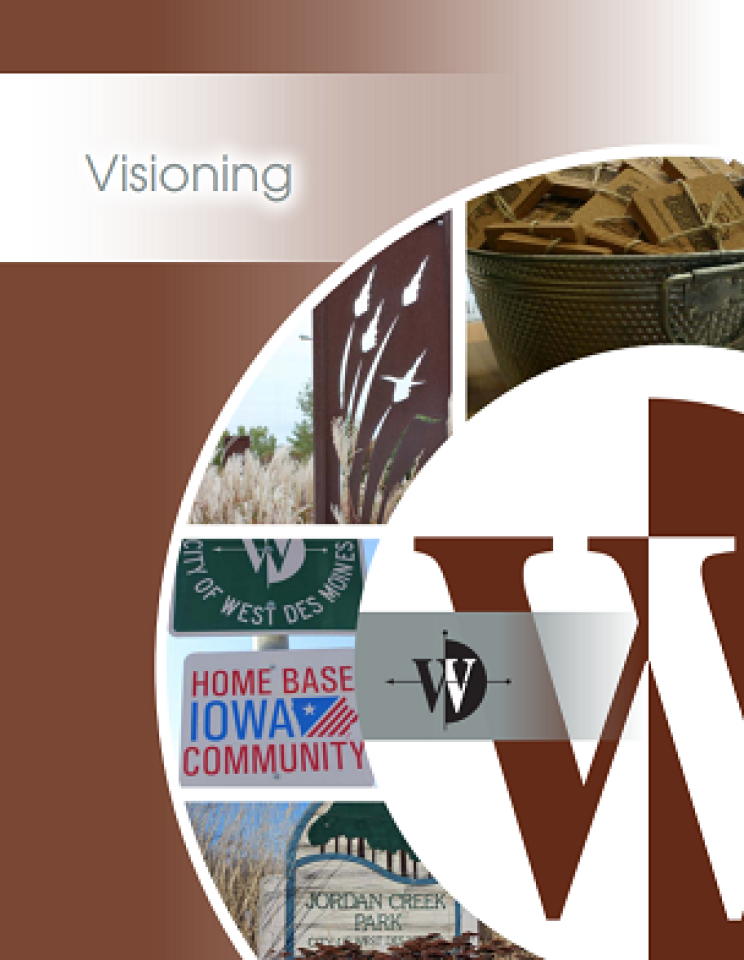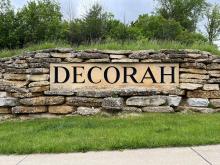
On July 6th, the City of West Des Moines, Iowa, announced an innovative public-private partnership with Google Fiber to bring gigabit Internet to all 67,000 of its citizens over the next two and a half years. The city will build conduit connecting every home and business and available for use by different providers. Google Fiber will be the first, coming in and laying and maintaining its own fiber once the city’s construction is complete. It’s the result of years of effort by the city council and serves as an example of other communities looking for solutions to improve options for all citizens.
Origins
The origin of the decision dates to 2016 and the city’s 2036 Vision [pdf]. In it, West Des Moines committed to “doubling down on technology,” creating five- and ten-year milestones that reached for specific markers of success by 2026, including: 80% of the population having access to gigabit Internet service, $2.5 million per year in new revenue generated by the city’s information infrastructure, and all citizens using the West Des Moines Integrated Network app for greater dissemination of information and citizen engagement.
In the city’s announcement, Mayor Steve Gaer said,
A key element of the City’s 20-year strategic plan calls for all residents, regardless of their means, to benefit from high-quality and high-speed connectivity.
Community leaders, stakeholders, and citizens all played a role during the planning phase, and project officials considered three criteria for guidance. The first was the expectation by its citizens had that the Internet was a utility; whether or not the city wanted to become an ISP, its efforts would have to work toward universal, affordable, reliable access. The second was a determination to regain and then maintain control of the municipality’s rights-of-way so as to preserve the infrastructure future of West Des Moines. And the third was that any future public network facilitated by the city should serve as a platform for serving residential and commercial users according to their diverse needs, from business to education to telemedicine.
Deputy City Manager Jamie Letzring told Des Moines Register:
We would want to make sure there was a lot of consideration given for digital equity — it needed to go to every single home . . . We would need an approach that would create sort of an open system that would allow for as much competition as possible . . . And finally, a system that would be financially sustainable that had some financial backing to it.

Plan of Attack
Planning was a multi-year effort, with city leaders deciding ultimately that all of their diverse goals meant a conduit system that extended all the way up to each premises in West Des Moines so that everyone, regardless of socioeconomic status, could benefit. The city committed to using existing facilities and leveraging existing assets as much as possible, both to reduce cost and speed up deployment.
This included the creation of a city-wide conduit map which documented the amount of congestion along every linear foot of the city right-of-way, and then sharing that map with private providers. Innovative solutions to congested areas were developed, like using shadow conduits and 7-way microducts so that providers can share space while protecting their investment and the city can plan for the long-term future of its infrastructure.
Cost, Timeline, and Terms
Cost estimates range from $35 to 43 million, which the city will pay for using taxable general obligation funds. Because of West Des Moines’ excellent credit rating, interest rates will be low. The conduit will run all the way to the side of the house. Once completed, Google Fiber will be the first provider to go live, and will pay a licensing fee to the city of $2.25 per household on the conduit (not necessarily a Google Fiber customer) per month for 20 years. Roughly $700,000 per year, back of the envelope, and over the 20 year term, more than $13 million. This arrangement will allow West Des Moines to begin to recoup some of their costs, as well as reinvest those funds in further deployment.
The conduit infrastructure, designed in collaboration between the two, begins construction this fall with the backbone and first segment lit early next spring. Thereafter, a new segment will go online every quarter, with the last one going online sometime in the middle of 2023.
West Des Moines will build, own, and maintain the resulting city-wide conduit, and while Google Fiber will be its first customer, other ISPs can pull their own fiber too. Each provider will pay the city a licensing fee to operate, with connections available to every premises in the city (though some may refuse).
A New Way Forward
We’ve seen any number of community network approaches throughout the years, from co-ops to city-run ISPs to dark fiber networks leased to private providers. While some cities (like Lincoln, Nebraska) have conduit systems they lease access to, West Des Moines’ approach is unique in that the city is building the conduit system right up to the premises. This lowers the financial barriers to entry for incoming ISPs and ensures that every neighborhood in the city has access to an equitable connection.
On the whole, it's a viable option for communities that may be risk-averse, or that would rather make use of their infrastructure expertise.
David Finn, Google Fiber Director of Corporate Development, highlighted this point in a blog post:
“Municipalities like West Des Moines excel at building and maintaining infrastructure. At digging and laying pipes under the roads, restoring and preserving the sidewalks and green spaces, reducing traffic congestion, and lowering construction disruption.”
We don’t think either West Des Moines or Google Fiber plan for this to be a one-off (it's Google Fiber's first expansion in four years), and it works because the city has skin in the game. We look forward to seeing how other communities learn from this experience in implementing their own solutions according to local needs.
Aerial photo of Des Moines, Iowa from 10,000 feet May 6, 2017. USDA photo by Preston Keres licensed under Creative Commons Attribution-Share Alike 3.0 Unported license.










